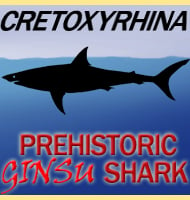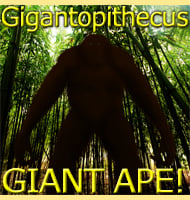Triadobatrachus
In Depth Triadobatrachus is one of the earliest frogs to appear in the fossil record. So primitive is Triadobatrachus that this frog has substantially more vertebrae, fourteen in total when compared to a range of four to nine vertebrae in modern frogs. A short tail was also retained in adulthood. Triadobatrachus has been found in … Read more

